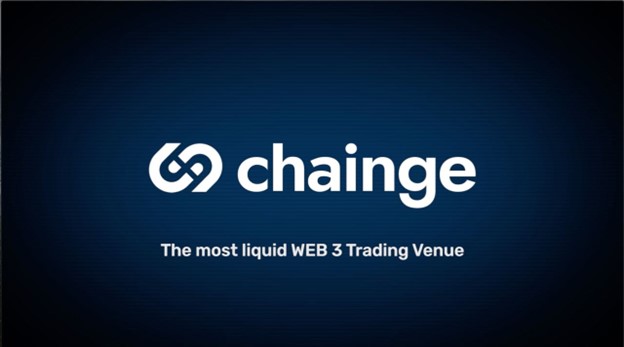In early 2009, Bitcoin trading was peer-to-peer, initially via PayPal. However, it only took a few months before the first ramp was launched. Mt Gox and earlier variants were, as expected, rudimentary and centralized. Fast-forward less than a decade later, and crypto trading is a vibrant industry with billions moved every day.
Exchanges are critical channels for moving billions of assets between users and chains. As the industry expands and crypto finds adoption, their role will only be magnified. This rise is especially when decentralized finance (DeFi) is at the fore, dangling irresistible offers.
DeFi and the Role of Liquidity Aggregators
In less than three years, DeFi commands billions in Total Value Locked (TVL), with demand stemming from the sub-sphere’s value proposition.
DeFi is, as the name suggests, decentralizing finance using smart contracts, allowing users from across the globe to access funds. Exciting as it may be, there must be reliable ramps with acceptable levels of liquidity for smooth trustless swapping of tokens.
Decentralized exchanges (DEXes) are launched from leading smart contracting platforms like Ethereum and the BNB Chain and have relatively high levels of liquidity. However, since there are more than a dozen blockchains with active crypto projects whose tokens command hundreds of millions in market cap, most traders have been manually hopping between exchanges or using liquidity DEX aggregators.
Aggregating DEXes, for example, 1Inch, enables smooth swapping of different tokens listed in various DEXes from one user interface. By doing this, liquidity aggregating DEXes saves time and resources, encouraging more users to channel funds into DeFi.
Nonetheless, while liquidity aggregating DEXes play a massive role in DeFi, most are single-chain and a few multi-chain, allowing its users to bridge their assets, but none have cross-chain aggregation capabilities. As a result, traders receive fewer tokens than they would if they could…
Click Here to Read the Full Original Article at NewsBTC…
























